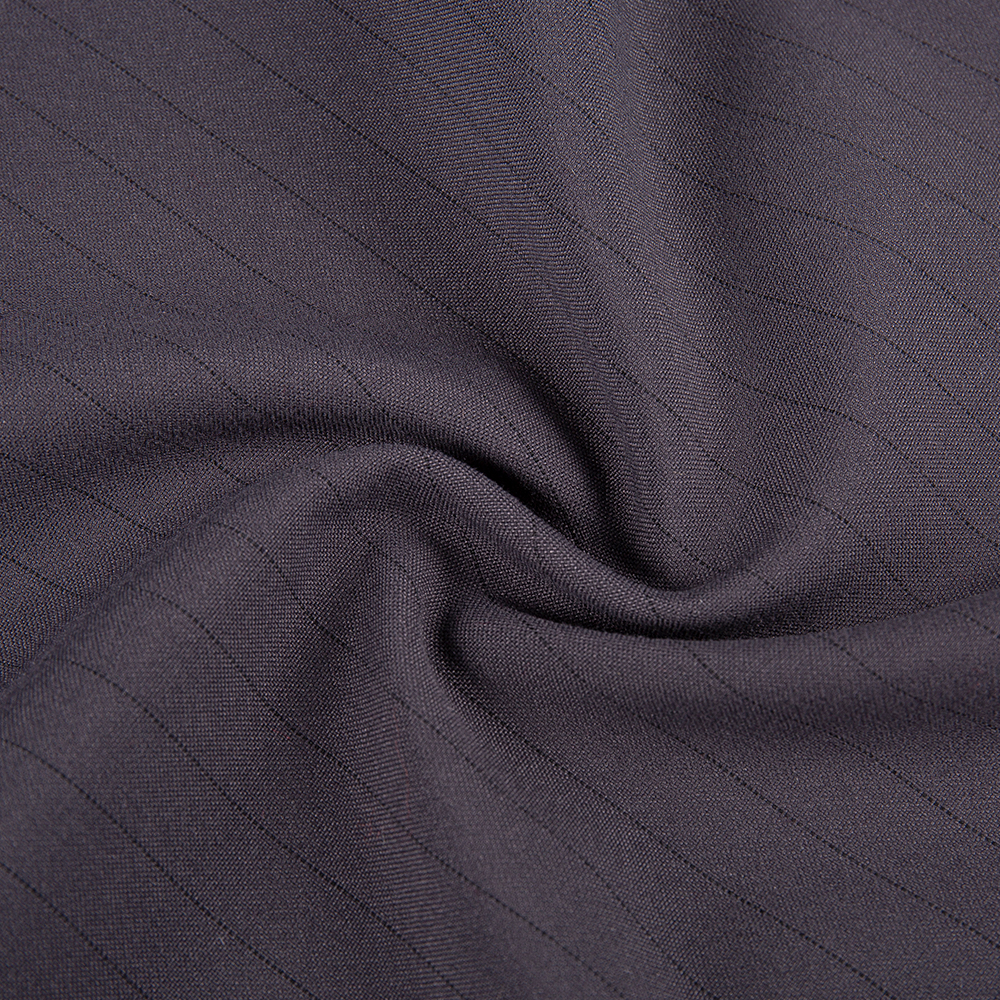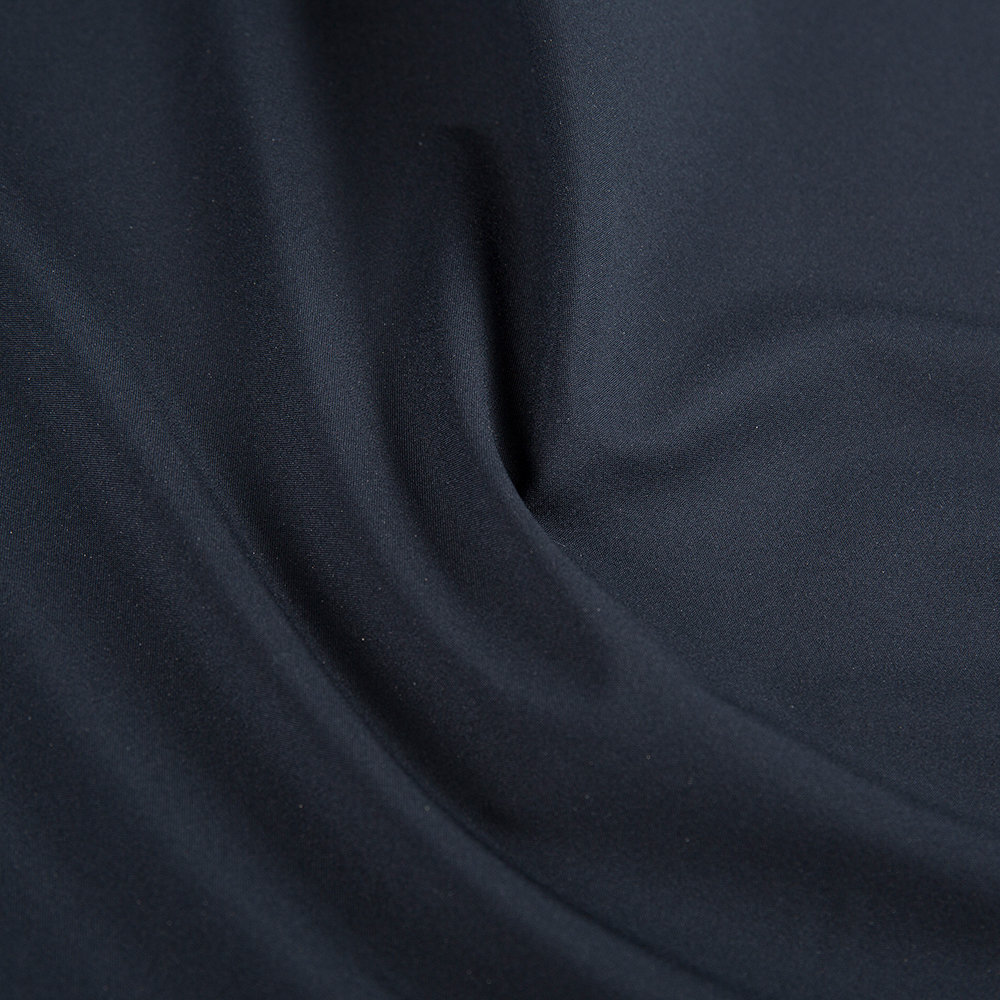Web Menu
Product Search
Industry news
Fabric Structure: Abrasion-Resistant Work Jacket Fabric's Three-Dimensional Protection System
The protection performance of traditional single-layer fabrics is difficult to meet the dual needs of high-strength wear resistance and comfortable wearing. The emergence of composite structures, by organically combining materials with different functions to form a multi-level collaborative protection system, has opened up a new path for improving fabric performance. The double-layer or three-layer composite structure is not a simple material superposition, but a systematic structural design based on the principles of material mechanics and ergonomics for the complex external force in high-risk operation scenarios.
A solid barrier against friction
The outer layer of the composite structure is the first line of defense against external friction. Its material selection and structural design directly determine the upper limit of the fabric's wear resistance. High-strength wear-resistant fiber is the core choice of the outer layer material. This type of fiber can maintain a stable shape in frequent friction due to its unique molecular structure and ultra-high strength modulus. When in contact with a rough surface, the outer layer fibers disperse the friction to the entire fabric surface through close arrangement and mutual support to avoid local excessive wear. The weaving process of the outer layer has also been specially designed, using a high warp density and high weft density structure to further enhance the surface hardness, so that the fabric can still maintain structural integrity under high-intensity friction conditions such as scratching and dragging, effectively extending the service life.
The key hub of energy absorption
The intermediate buffer layer plays an important role in energy conversion and dispersion in the composite structure. When the work jacket encounters the impact force generated by mechanical collision or severe friction, if there is no buffering mechanism, the impact force will directly act on the outer layer, accelerating the fiber breakage. As the main material of the buffer layer, the elastic material uses its own deformation characteristics to convert mechanical energy into internal energy to achieve effective attenuation of the impact force. The buffer layer can also adjust the stress distribution through deformation to avoid local damage caused by stress concentration, and further improve the comprehensive protective performance of the fabric.
The cornerstone of comfortable experience
The abrasion-resistant work jacket fabric must not only meet the protection needs of high-intensity operations, but also be comfortable to wear. The inner layer of the composite structure focuses on providing the wearer with a comfortable physical experience, and uses skin-friendly and breathable materials to ensure soft touch and good breathability when the skin contacts the fabric. Skin-friendly materials can reduce friction between clothing and skin, reduce discomfort, and the breathable structure design can accelerate sweat evaporation, keep the body dry, and avoid skin problems caused by hot and humid weather. The inner layer material also has a certain degree of elasticity and flexibility, which fits the human body's movement form, so that the wearer is not bound by the fabric when performing complex work movements, thereby improving work efficiency.
Protective advantages of composite structures
The three-layer system of composite structures achieves a three-dimensional upgrade of protective performance through the synergy between each layer. The outer layer resists friction, the middle layer buffers impact, and the inner layer ensures comfort. In actual use, when the fabric is subjected to external forces, the outer layer first bears friction and partial impact force, the middle buffer layer quickly intervenes, absorbs the remaining energy and adjusts the stress distribution, and the inner layer continues to provide a comfortable wearing experience. Abrasion-resistant work jacket fabric can not only cope with complex working conditions with high wear and high impact, but also meet the comfort requirements of long-term wear, providing all-round, high-performance protective equipment for practitioners in high-risk industries such as construction and mechanical processing.
RELATED PRODUCTS
- Textiles
- > Cosplay Fabrics
- > Outdoor and sports series
- > Work Jacket Fabrics
- > Down Jacket Fabrics
- > Women's Wear Fabrics
- > Anti Static And Dust-Free Clothing Fabrics
- About BANYAN
- > Our Story
- > Innovation & Testing
- > Certificate
- Contact
- Address:No.2, Jinlun textile garden, 3rd south ring road, Shengze Town, Wujiang District, Suzhou
- Phone: +86-13913093109
- Email: [email protected]

 English
English 中文简体
中文简体










